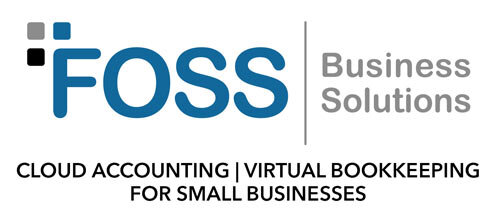Accounts receivable maintenance and assisting our clients with collections is an effort we take great pride in.
Staying on top of accounts receivable is the best thing a small business owner can do to maintain positive cash flow. We recommend monitoring metrics to measure credit collection effectiveness.
Staying on top of accounts receivable is the best thing a small business owner can do to maintain positive cash flow.
Here are a few examples of calculations for credit collection metrics as recommended by Quickbooks:
- Daily Sales Outstanding = Accounts receivable / Total credit sales x Number of days in measurement period: This calculation measures the average number of days it takes to collect monies after a sale is made, which will help you manage and avoid cash crunch problem. Further, a 'Best Possible DSO' calculation can be determined.
- Average Days Delinquent = Standard DSO – Best Possible DSO: This calculation simply measures the average time from an invoice date to the date it’s paid, which indicates the efficiency of your collection efforts.
- Collection Effectiveness Index = (Beginning receivables + Monthly credit sales – Ending total receivables) / (Beginning receivables + Monthly credit sales – Ending current receivables) x 100: This calculation will indicate the percentage of your accounts receivable that are paid within a certain time period. A declining percentage means you should reassess your credit policies.
These calculations can help you avoid past due balances and evaluate your credit policies. If you need assistance executing these metrics to ensure your business and its cash flow run smoothly on a consistent basis, please contact us.



